Basics of Building Belt Support
It is essential that the stringers – the conveyor’s support structure upon which all other components are installed – are straight and parallel for proper belt support. If not, they should be straightened or replaced. Laser surveying is the preferred method for checking stringer alignment.
To reduce belt sag, improve the conveyor’s belt support system.
Footings must provide a rigid support structure to prevent stringer deflation. The amount of material being loaded and the level of impact forces must be considered to prevent excessive deflection under load. Properly spaced stringers tied to rigid footings ensure a good base for remaining structure.
Conveyor Equipment Manufacturers Association (CEMA) provides a valuable resource for construction standards for conveyors and loading zones: “Conveyor Installation Standards for Belt Conveyors Handling Bulk Materials.”
There are a number of techniques and components that can be used, independently or in combination, to control belt sag by improving belt support in the loading zone. They include idlers, belt-support cradles, and impact cradles.
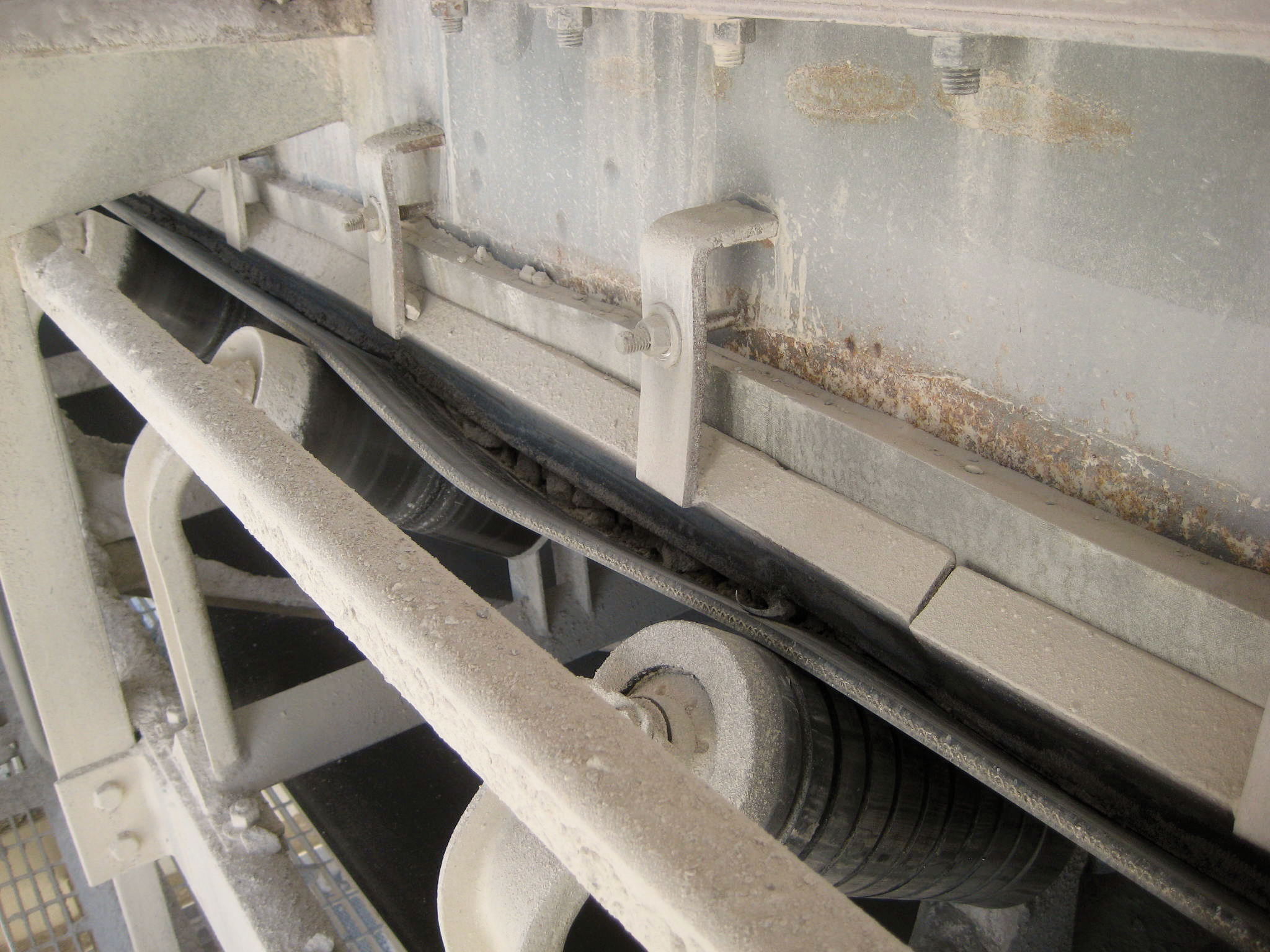

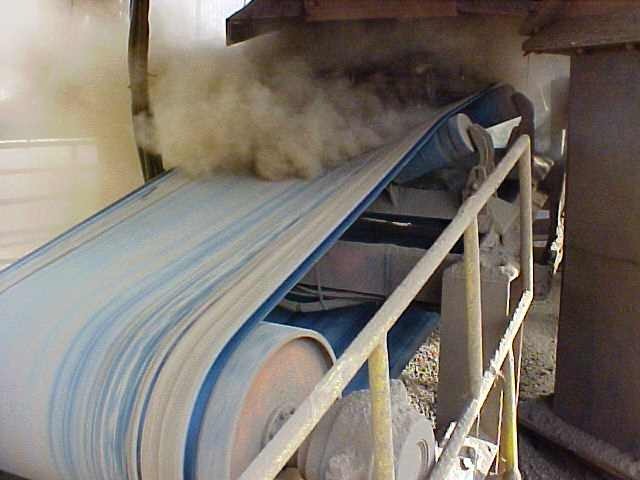

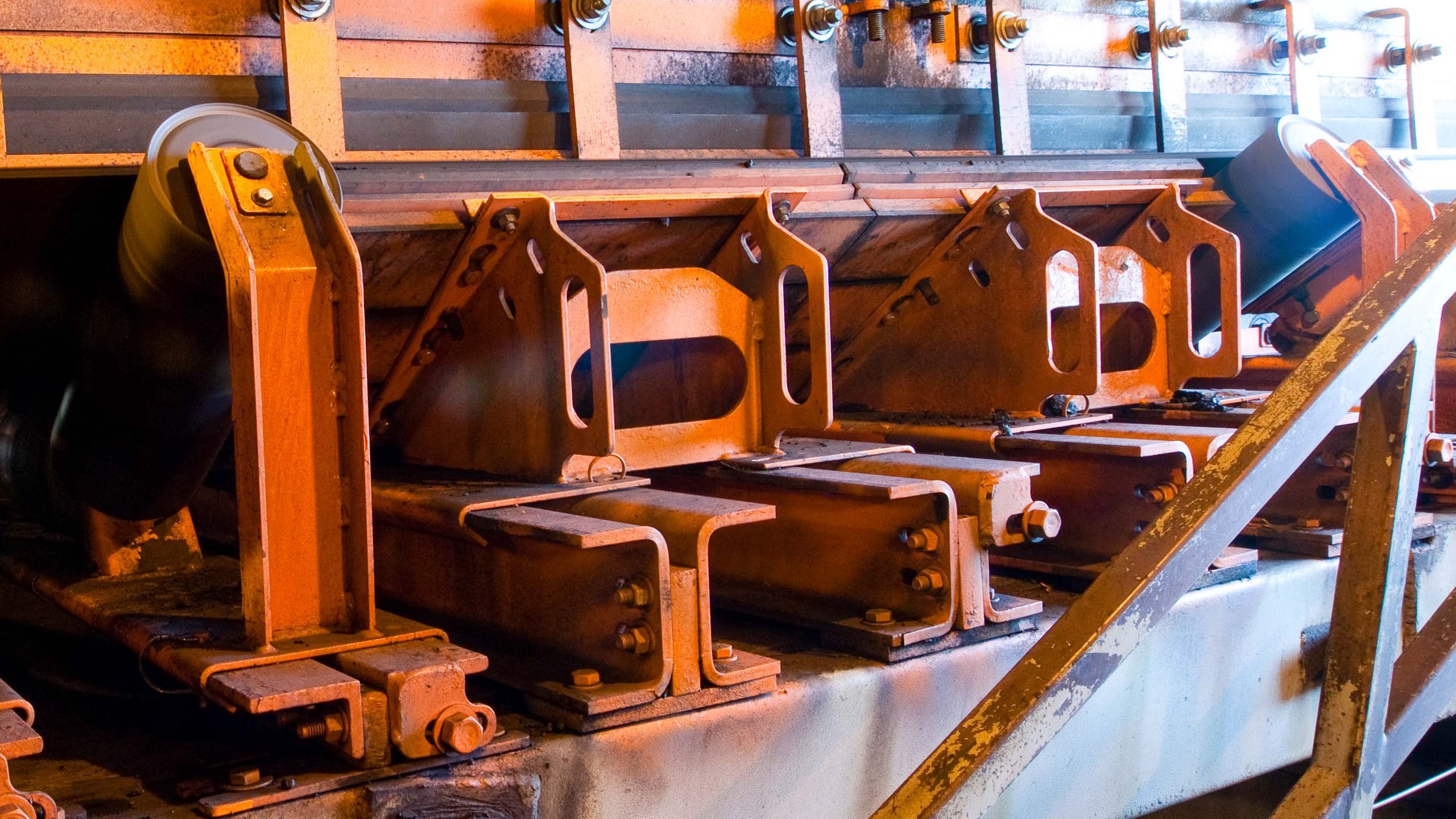

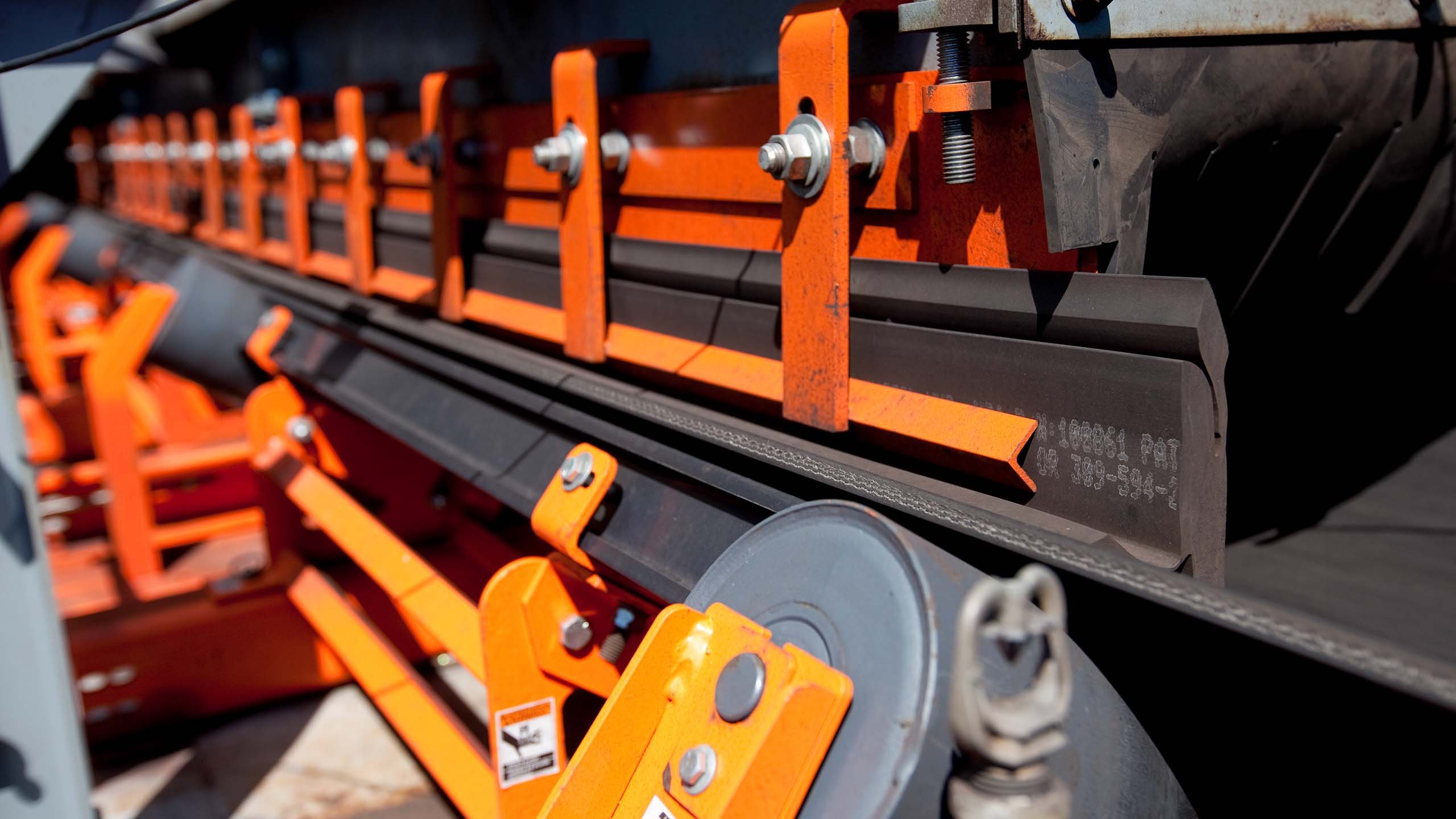

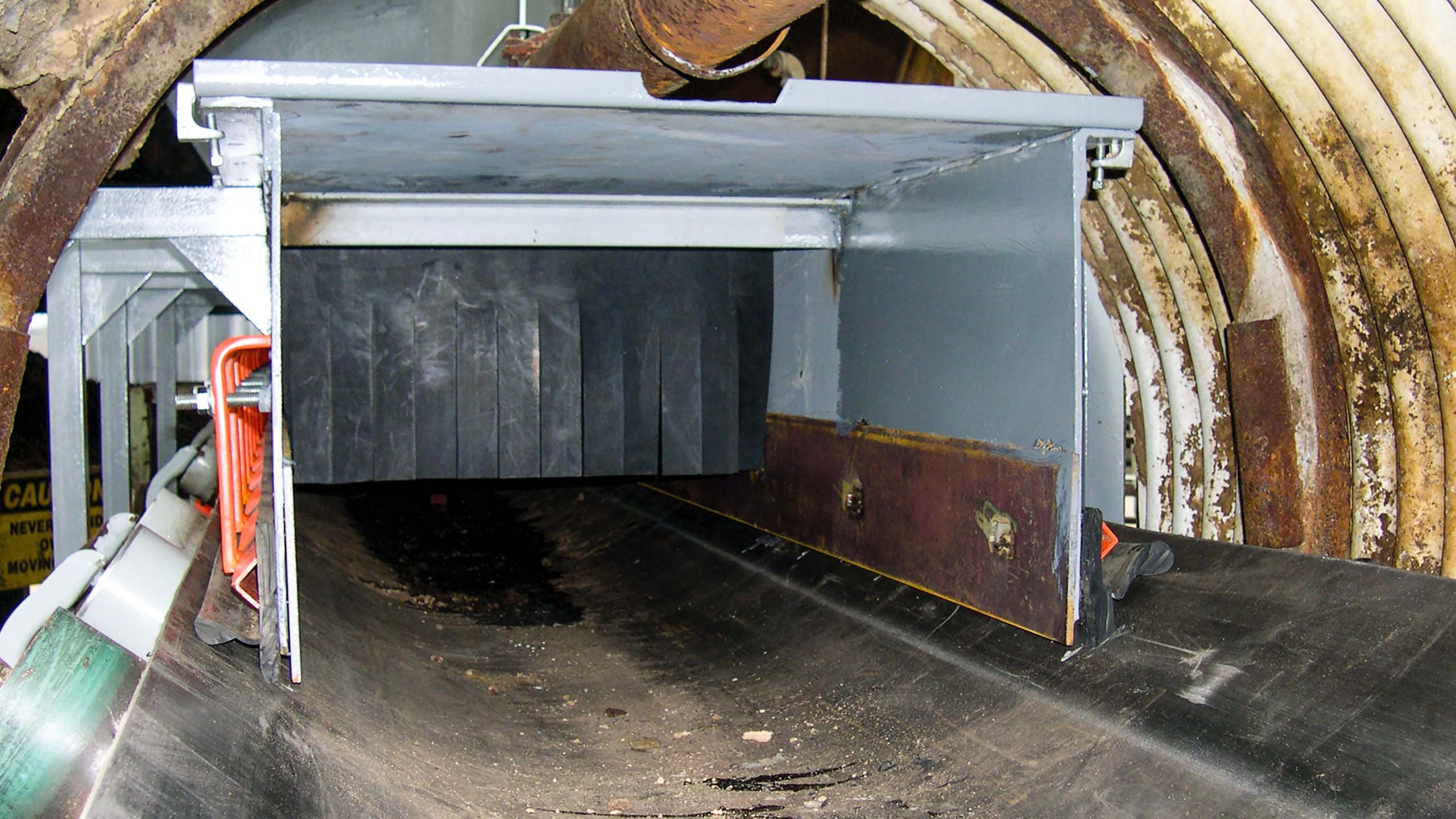












Leave Comment